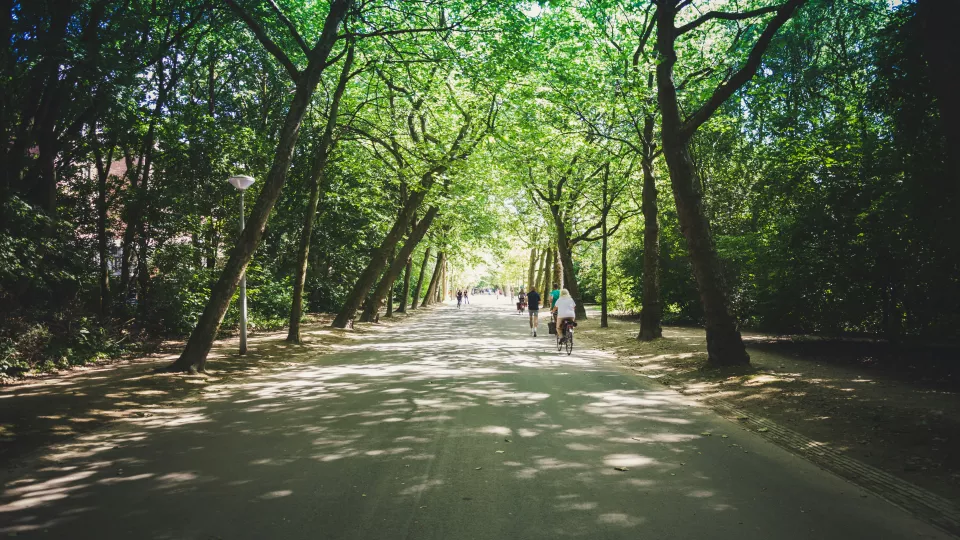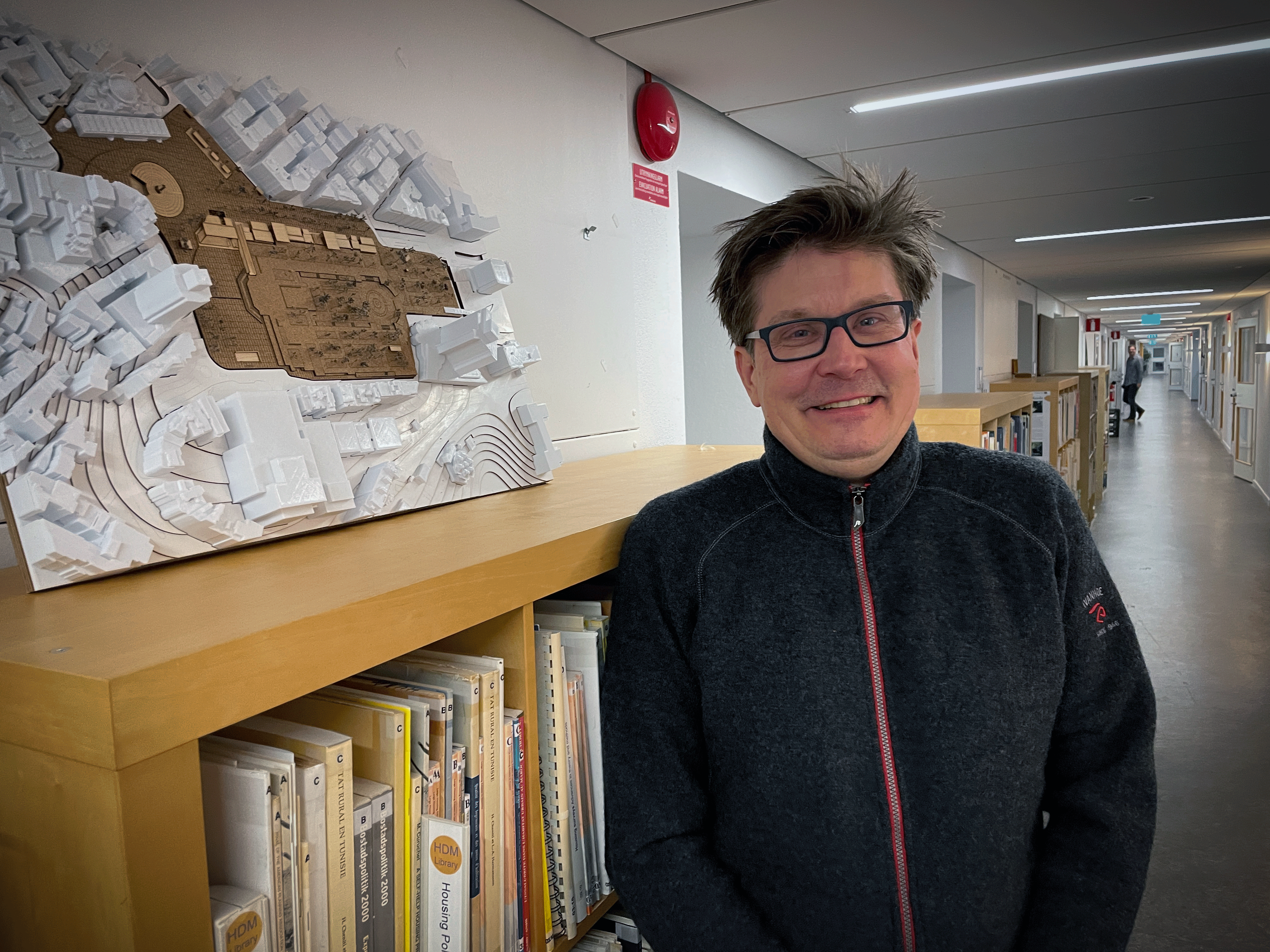Since the massive heat wave in Europe in August 2003, researchers have been investigating how cities can implement cooling measures. This is particularly important for the vulnerable populations of elderly and low-income people.
– The number of people who suffer from heat stroke and even die from excessive summer temperatures in cities is increasing dramatically, says Andrew Karvonen, Professor of Urban Design and Planning at LTH.
He leads the network Urban Arena that includes about 200 researchers from multiple disciplines across Lund University.
even cities in Northern climates are suffering...
– Existing buildings and streets are not designed for these new climate conditions. We need to develop ways to adapt. The Swedish Million Homes Programme was an amazing achievement, but now these houses need to be completely renovated to provide insulation and ventilation.
In addition, public spaces need to be adapted to create cooler conditions.
– Twenty years ago, I would have said that Nordic cities do not need to think about cooling strategies. But the two last decades has shown that even cities in Northern climates are suffering from unhealthy and deadly summer heat. We need to design and implement measures to protect urban residents from overheating.
Karvonen argues that social infrastructures such as schools, churches, and recreation areas, can serve as cooling shelters during heat waves.
– Just like bomb shelters, we need cooling shelters that include seating and drinking water. And urban residents need information about how they can find and access these shelters when it is too hot to stay at home.
Right now, there is also a lot of talk about green infrastructure, with more trees and plants to create shady, cool conditions. These measures require careful planning so they are cost-effective and benefit all urban residents.
Won't extensive permanent solutions be very expensive, when we may only have a heat wave a few days a year?
– Yes, but what happens when these heat waves last for several months? We need both short-term emergency plans and long-term plans to address hotter living conditions.
Andrew Karvonen believes that research on urban climate issues is lagging because there has been more emphasis on flooding and fires. The consequences of the heat waves have not been prioritized.
– Heat management measures are needed everywhere, we must think together about how to do it.
Ageing populations present a particular challenge for hotter urban conditions. In Sweden, many people want to age at home and care staff need to be trained to help them keep cool. Installing air conditioning systems is not a good solution due to increased energy consumption, noise and carbon dioxide emissions.
What can we do to cool our elders?
– The easiest, most cost-effective, and low-carbon approach is to open and close windows at the right time - open at night and close during the day. And older people can change their behaviours to keep cool. In Japan, they have provided tips on ways to dress for hotter climates.
Heat waves hit cities particularly hard because of hard surfaces and a lack of trees to provide shade. Due to the "urban heat island effect", it can be two to seven degrees warmer in cities, than in the countryside on the hottest summer days.
it can be two to seven degrees warmer in cities
The temperature can be lowered in cities by painting roofs and streets white and by planting and maintaining trees to provide shade.
– In Singapore, they are designing buildings to maximise ventilation and provide natural cooling.
Are politicians and urban planners now starting adaptations in Sweden?
– Some cities talk about this, others not at all. It is difficult for municipalities, there is a lack of money and they do not always have a mandate, but a major climate crisis is coming. We need to develop collaborations between the public and private sectors as well as civil society to address urban heat. This can be helpful and even life-saving for older people as well as other vulnerable populations.
At CASE's scientific session, ideas are welcomed from all interested researchers about particular neighbourhoods or cities where heat is a concern and how to connect up urban heat issues with other ideas related to public health, resilient futures and quality of life.
Events
Seminar and workshop “Urban Cooling Strategies to Promote Health and Well-Being”, with Professor Andrew Karvonen, 19 March.
Workshop on the 2030 Agenda and the Sustainable Development Goals, with CASE's coordinator Steven Schmidt, "What is a sustainable city from the perspective of older adults?", 2 April.


